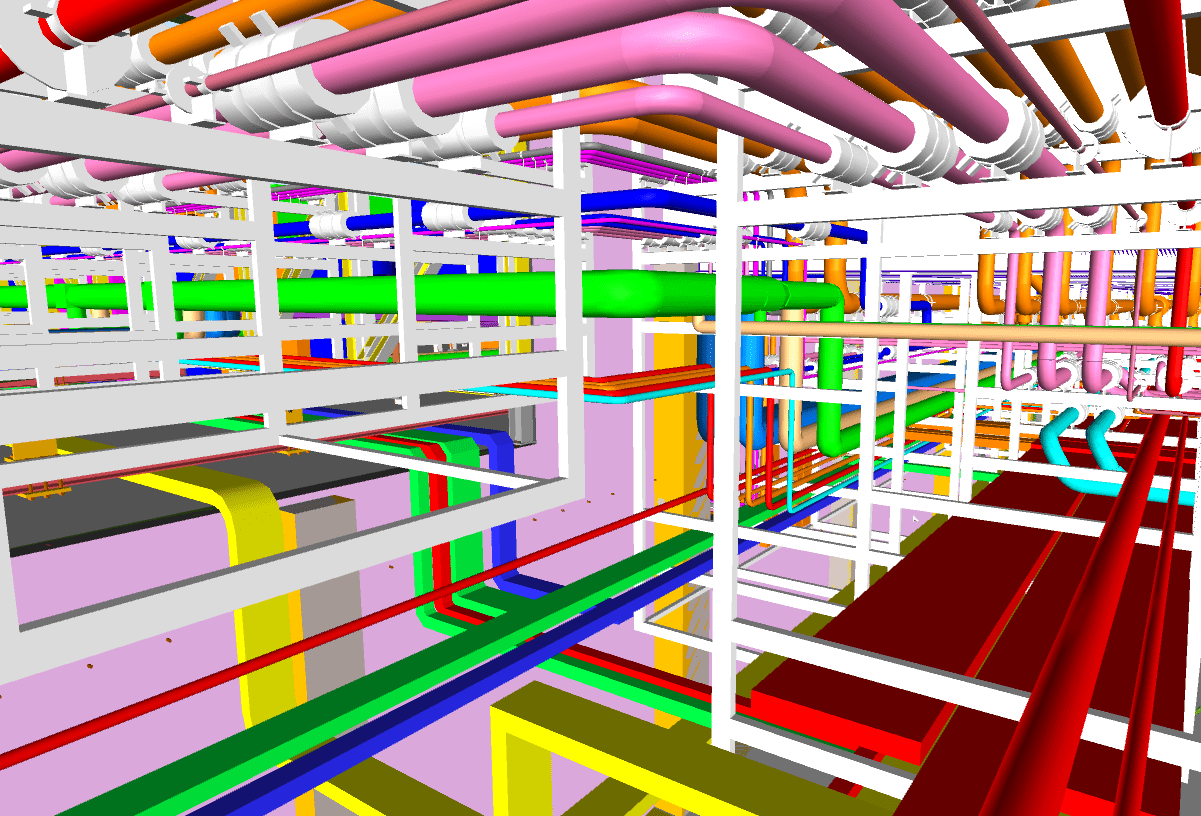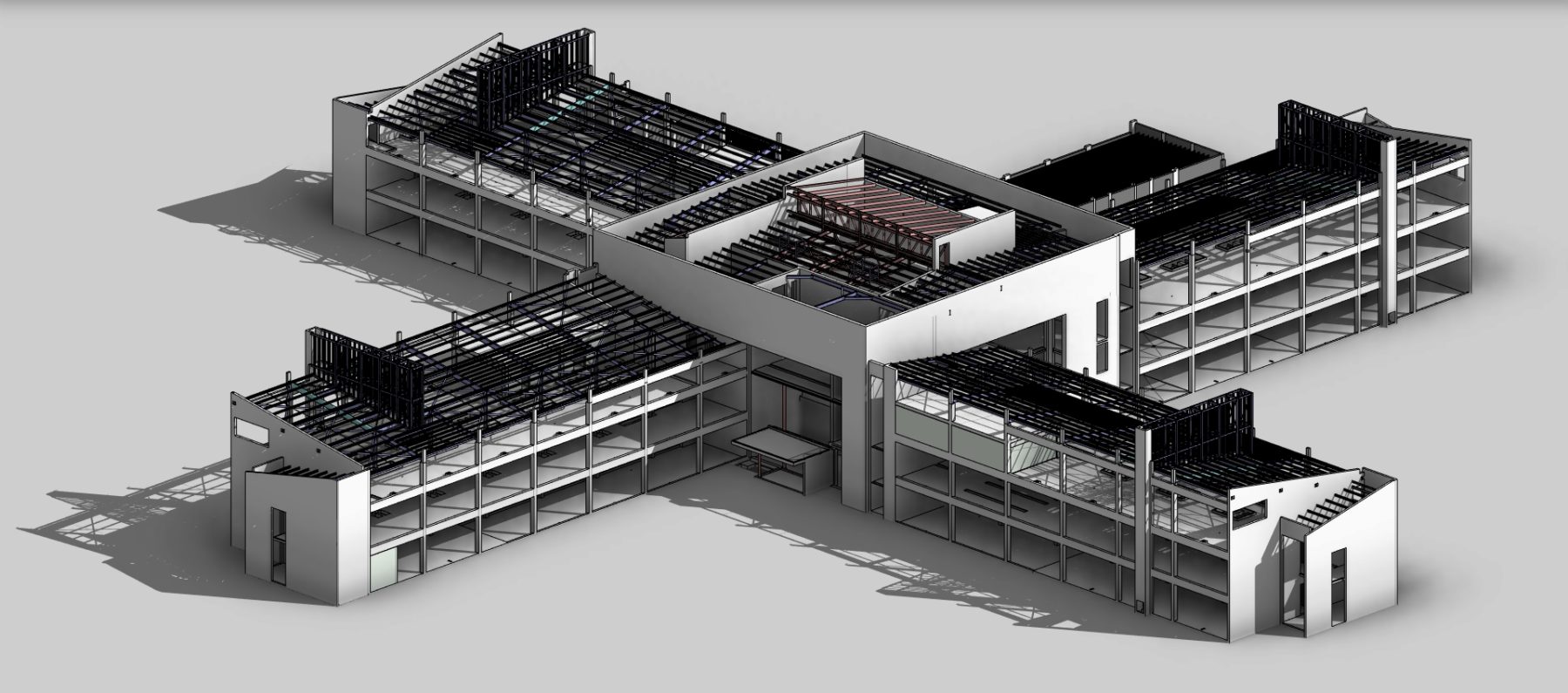We use Building Information Modelling (BIM) as an extension of our partnering approach to infrastructure and building projects.
A knowledge-sharing approach allows for the free and efficient flow of information and more effective decision-making. It invites the End User into the design process at a much earlier stage where his / her input can make a real difference to the capital spending as well as the long-term operation and maintenance of the facility. BIM is now to the fore of all that we do as designers. However, it is a service to existing facility owners where we consider that BIM can add significant value during the operational phase of a built asset’s lifecycle. We consider it prudent for asset owners to either own the data related to their assets or partner with a proven partner who can access, process and manipulate the data for them.
Our BIM models provide our Clients with a ready reservoir of important, reliable information for:
- asset assessment – actual wear and tear, history of maintenance to better inform replacement decisions and likely expenditure;
- reliable starting point for decision-making when extending, refurbishing and renovating;
- operational efficiencies e.g. space management;
- disaster recovery/business continuity.
Over and above the benefits of BIM to the design phase and construction phase, BIM can add significant value during the operational phase of a built asset’s lifecycle.
BIM Software we use:
- Revit Structure
- Revit MEP
- AutoCAD
- 3ds Max
- AutoCAD Civil 3D
- AutoCAD Map 3D
- Navisworks
- Vehicle Tracking
- Infraworks
- Microdrainage



